Contents
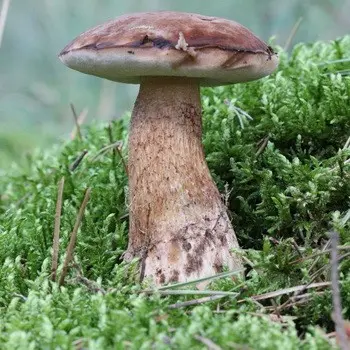 The gall mushroom, with a photo and description of which you can find on this page, is not poisonous in itself, but even prolonged heat treatment does not relieve it of bitterness. Therefore, if you are concerned about the question of poisonous gall fungus or not, you don’t have to worry – it’s impossible to poison them. True, you will not be able to eat this mushroom because of unsatisfactory taste.
The gall mushroom, with a photo and description of which you can find on this page, is not poisonous in itself, but even prolonged heat treatment does not relieve it of bitterness. Therefore, if you are concerned about the question of poisonous gall fungus or not, you don’t have to worry – it’s impossible to poison them. True, you will not be able to eat this mushroom because of unsatisfactory taste.
It is because of bitterness that the second name of the gall fungus is bitter. An unpleasant taste does not prevent this gift of the forest from being the object of hunting for various animals. For example, squirrels are happy to drag mustards into their hollows, and hares do not disdain gall fungus.
Below you will find out what the gall fungus looks like in the photo, get information about where it grows and how it is used in traditional medicine.
What does a gall fungus look like: photo and description
Category: inedible.
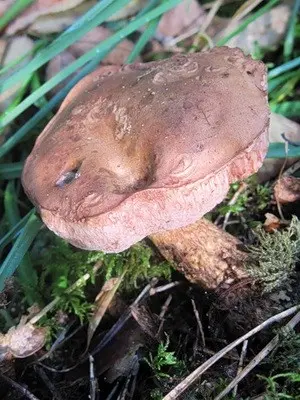
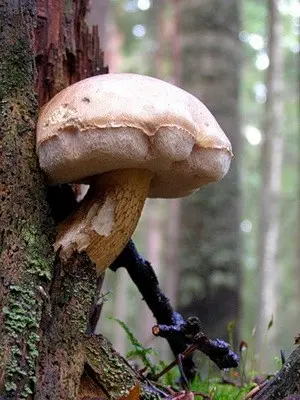
Cap of gall fungus (Tylopilus felleus) (diameter 5-15 cm): pillow-shaped, brown, brown, yellow and chestnut. Feels velvety with a little fluff and dry. After rain and in a humid environment becomes a little sticky.
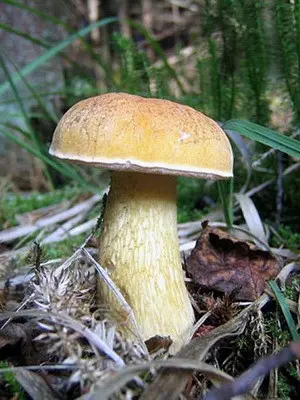
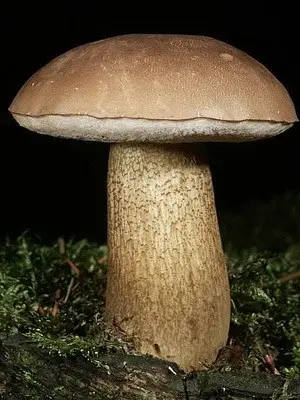
Leg (height 4-13 cm): cream, ocher, brown or grey. It has a cylindrical shape, slightly inflated from top to bottom. At the base there is an unexpressed mesh pattern. On the cut, it may slightly turn pink or blush.

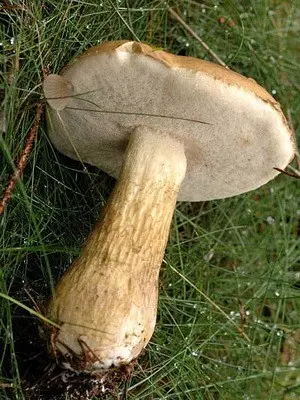
Look at the photo, gall fungus: the flesh of its cap is white, and the color of the flesh of the leg changes when exposed to air. No pronounced odor.


Tubular layer: pinkish color, smallish pores, rounded shape.
How to distinguish a gall fungus from twins
Twins of the gall fungus (gorchaka) are mushrooms and boletus. If you do not know how to distinguish a gall fungus from similar ones, pay attention to the stem and scales. Unlike mushrooms, mustard does not have small scales on the skin, and in boletus, the color of the mesh on the leg is lighter.
Where it grows and its application
When growing: from late June to mid-October in Europe and Asia.
Where can I find: prefers acidic soils of deciduous and coniferous forests. Can grow on decayed wood.
Use in traditional medicine (data are not confirmed and have not been clinically tested!): used as a choleretic agent.
Other names: mustard, yellow mushroom, false white mushroom, false boletus.
Due to the high content of bitterness, this mushroom is almost never eaten by pests.









